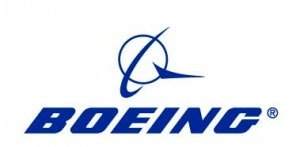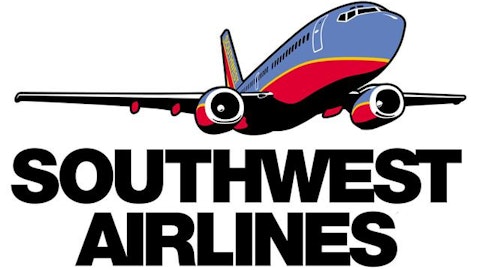
The Boeing Company (NYSE:BA)’s revenue exposure is spread across more than 90 countries around the globe, and it also happens to be one of the major players in the defense business, which accounts for approximately half of its revenue. Boeing’s defense business is a bit more insulated than some of the other major defense contractors, where Boeing has a $71 billion order backlog in the segment as of the end of 2012.
This is given the fact that the U.S. Department of Defense appears to be fond of Boeing’s F/A-18 fighter jet, EA-18G Growler (carrier), P-8A Chinook helicopter, and Apache and Osprey rotorcraft. The Boeing Company (NYSE:BA) is also increasing its presence in cyber security, intelligence and surveillance and unmanned systems.
The company has a nearly $390 billion total order backlog and a strong balance sheet, with cash and short-term investments of over $13.5 billion at the end of 2012, compared to long-term debt of only $9.0 billion. What’s more is from a hedge fund angle, The Boeing Company (NYSE:BA) has some of the highest interest, with 41 hedge funds longs the stock going into 2013, which was a 14% increase from the prior quarter.
The top hedge fund owner at the end of 2012 was Doug Silverman’s Senator Investment Group, with a $188 million position, accounting for 4.1% of its total 13F portfolio. Meanwhile, Billionaire Ken Griffin was in second with 2.4% of its 13F portfolio allocated to the stock.
Other comps
is a Brazil-based holding company primarily engaged in the manufacture of aircrafts. However, the industry is largely dominated by Boeing and Airbus, both of which have more established operations and brand names. Not unlike Boeing, Embraer is susceptible to large earnings impacts due to order cancellations; however, I take solace in the fact that Boeing has a much broader customer base.
While The Boeing Company (NYSE:BA) had 41 hedge funds long the stock, Embrarer had only 8 at year’s end, which was a 27% decrease in hedge fund owners from the third quarter. The notable hedge funds dumping their stock last quarter include Arrow Street, who sold off their $10.3 million investment in the stock, and billionaire Israel Englander followed suit, dumping about $4 million worth.
Northrop Grumman Corporation (NYSE:NOC) also had strong negative hedge fund sentiment heading into 2013, with 21 hedge funds long the stock, which was a 13% decrease from the previous quarter. Its most notable hedge fund owner included Jean-Marie Eveillard’s First Eagle Investment Management with the largest position in the stock worth close to $424 million and comprising 1.5% of its total 13F portfolio.
Don’t be fooled
The article Is This High Flyer Back on Track? originally appeared on Fool.com is written by Marshall Hargrave.
Copyright © 1995 – 2013 The Motley Fool, LLC. All rights reserved. The Motley Fool has a disclosure policy.


